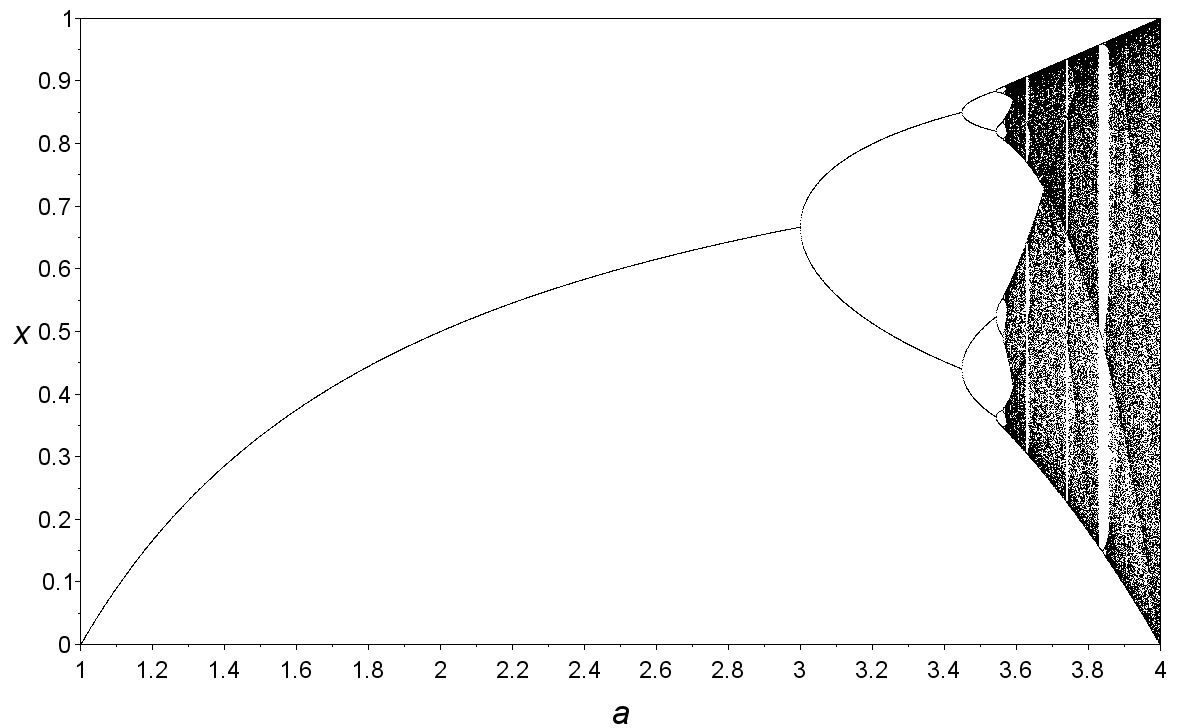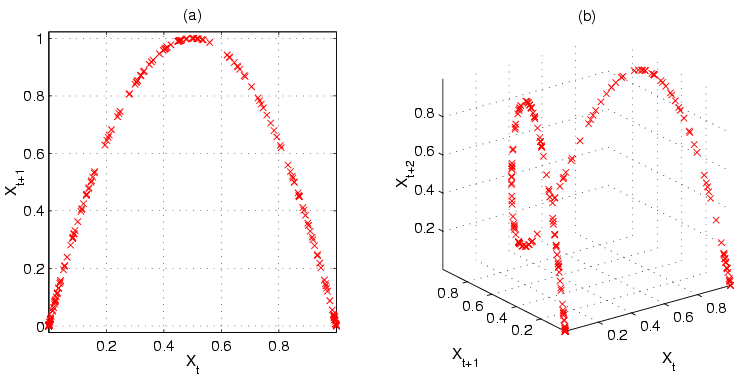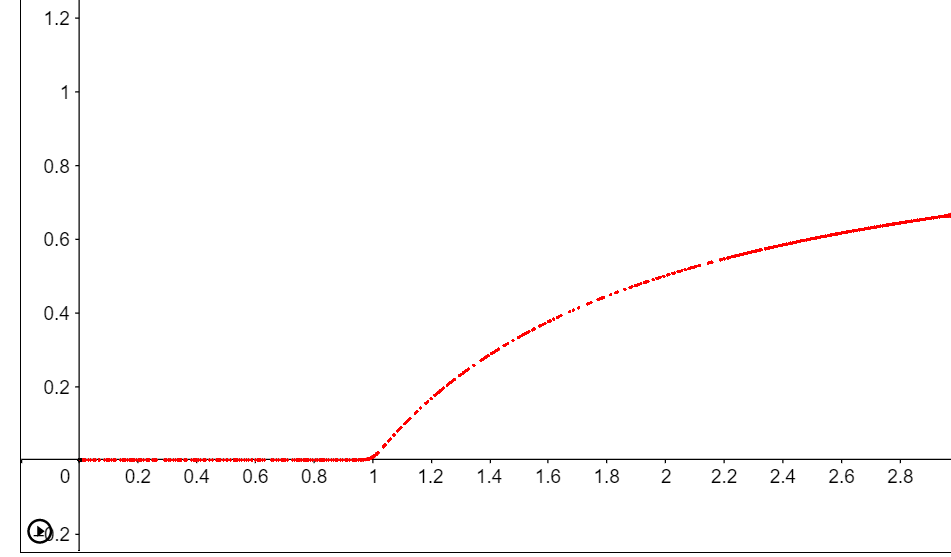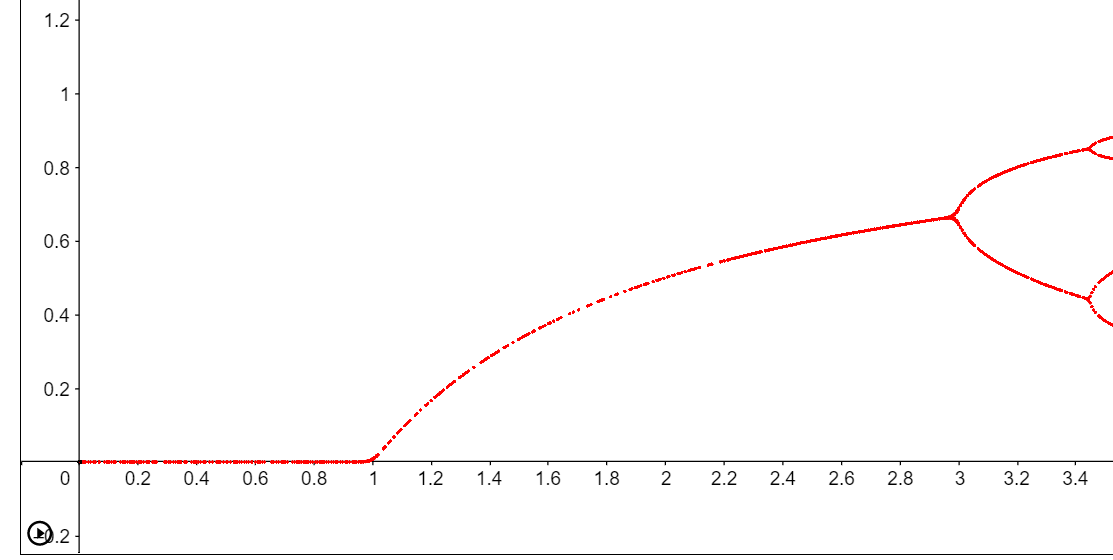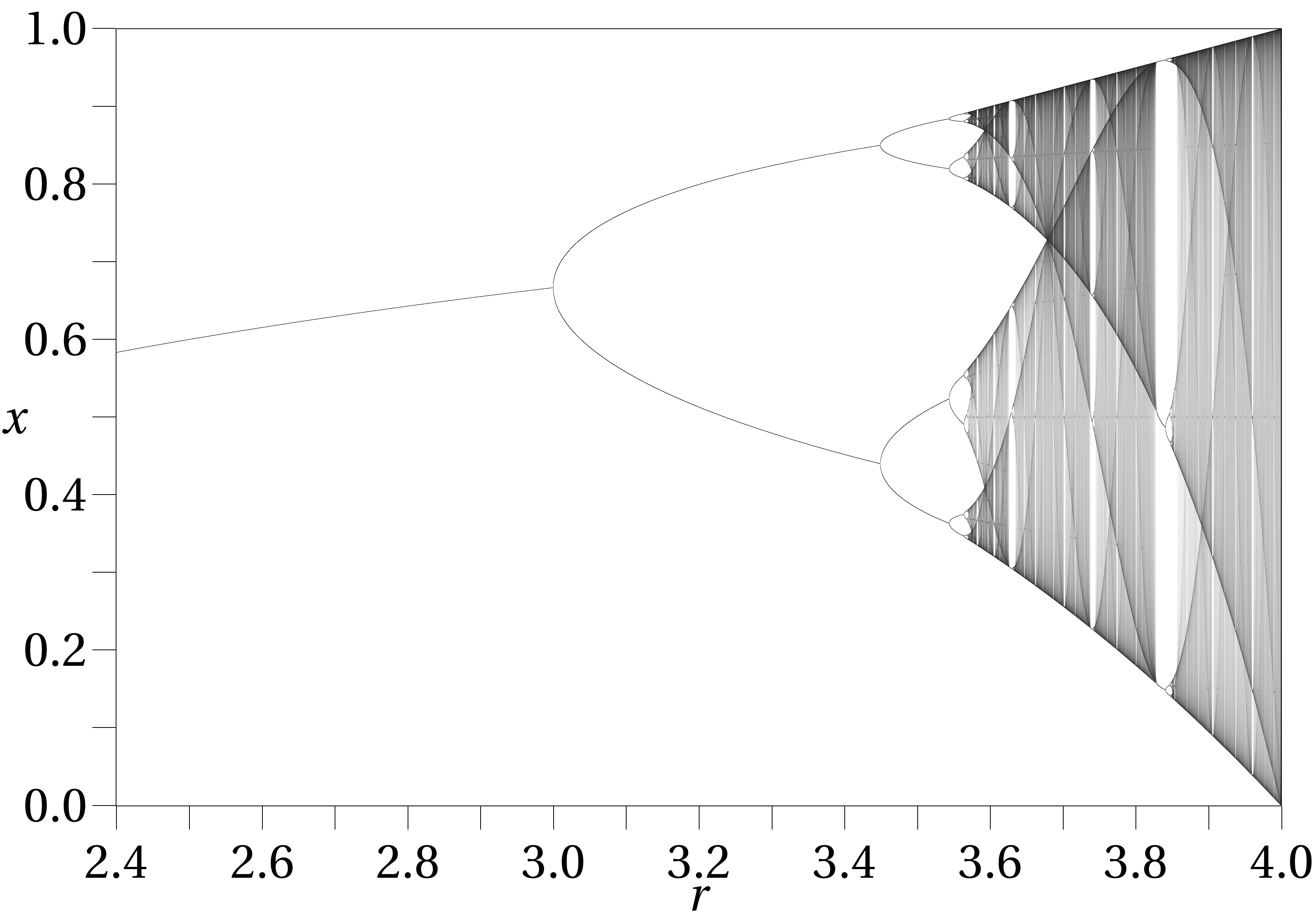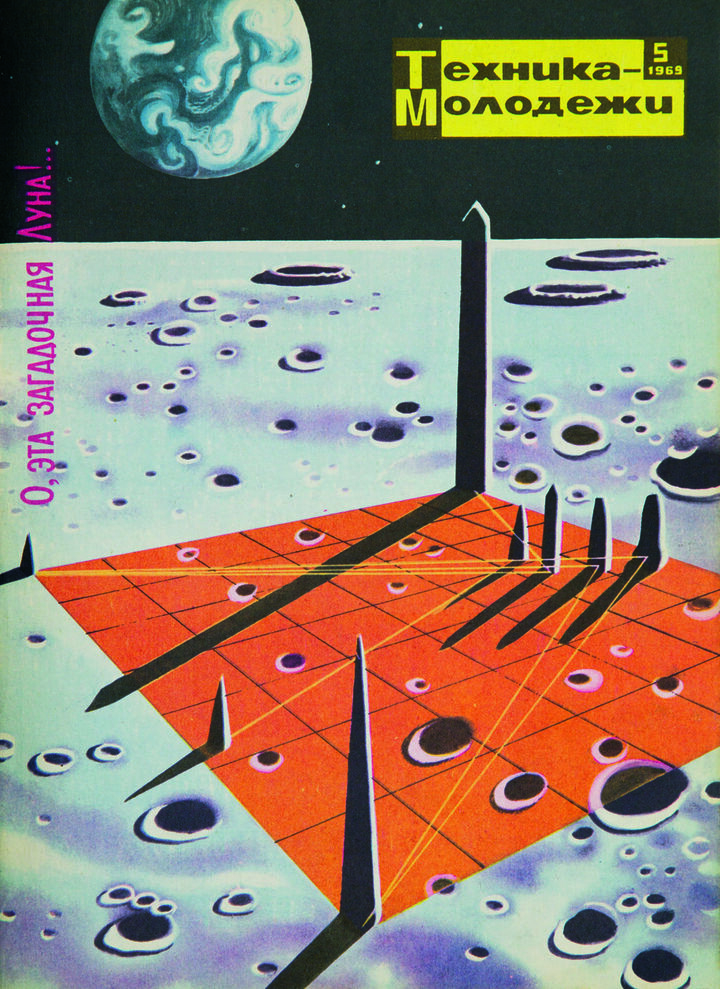
How Soviet Science Magazines Fantasized About Life in Outer Space
The Iron Curtain went to infinity and beyond.
A tall stele rises from a deeply cratered surface, casting a long, ominous shadow past a row of smaller towers. Straight lines connect the structures to each other, like streets on a map or the projected moves in a game of cosmic chess. The Earth floats serenely in the dark sky, next to the logo that reads Tekhnika—molodezhi, Russian for Technology for the Youth, a Soviet popular science magazine that launched in 1933. The magazine cover, from 1969, illustrated an article highlighting photographs from Luna 9, the Soviet unmanned spacecraft that was the first to survive a landing on the Moon a few years earlier.
This imagined moonscape is one of more than 250 otherworldly images from the upcoming, visually delightful book, Soviet Space Graphics: Cosmic Visions from the USSR, by Alexandra Sankova, director and founder of the Moscow Design Museum, which collaborated on the book with her. Space Age artwork proliferated alongside the Soviet Union’s popular science magazines—there were up to 200 titles at their peak—during the Cold War. From the mid-1950s to the mid-1970s, in particular, the cosmos became a battleground for world powers jockeying for global dominance. Though the Space Age began with the successful launch of the Soviet Union’s Sputnik 1, it was the United States that, just three years after Luna 9, first put a man on a moonscape like the one on the magazine cover.
Soviet illustrations, even ones with whizzing UFOs and bafflingly futuristic machines, were not drawn to entertain as much as to educate and promote the Communist project. An open letter from cosmonauts to the public in a 1962 issue of Technology for the Youth read “… each of us going to the launch believes deeply that his labor (precisely labor!) makes the Soviet science and the Soviet man even more powerful, and brings closer that wonderful future—the communist future to which all humanity will arrive.” Scientists, astronauts, and aircraft engineers were treated like legends, since outer space was such an important idea in the Soviet Union, according to Sankova. “Achievements of the USSR in the field of space have become a powerful weapon of propaganda,” she says. Soviet citizens lived vicariously through such images, and even the more surreal and fantastical visuals—living in space, meeting new life forms—demonstrated that the idea of cultural revolution need not be limited to Earth.

Atlas Obscura spoke with Sankova about alien life, the inspirations of Soviet artists, and how the first man on the Moon changed everything. The book comes out April 1, 2020.
Two directions served as an inspiration for the illustrations: the intensive development of the scientific and technical sphere and the serious enthusiasm of designers and artists for new discoveries in various fields of science as a whole. Artists often had technical education. Another important factor that influenced the visuals was the upsurge of publications, books, novels, and short stories, and the production of science fiction films in the 1920s and the 1950 and 1960s.
Long before the dream of space flight came true, inventors and philosophers were convinced that travel between planets and even universes would become possible with time. In Russia, these ideas became widespread after the works of Konstantin Tsiolkovsky were published. In them, the scientist expressed his view that intelligent life must exist not only on Earth, but throughout the whole universe. Tsiolkovsky became famous not only for his work in engineering, but also for the conviction there must exist highly developed extraterrestrial civilizations capable of influencing the organization of matter and the course of natural processes, and for the aspiration to find a road to the cosmic intelligence and establish an organic connection between man and space.
Soviet writers had expressed the most unbelievable versions of encountering extraterrestrial civilizations. Then, in the 1970s and 1980s, space fantasy faded into the background, giving way to chronicles of the real space exploration program.

Where do these illustrations fit in the overall aesthetic of Soviet design?
Soviet graphic design always developed actively and responded to the situation in the country quickly. This was primarily due to the fact that posters, magazines, books, brochures, etc., were the most effective means of propaganda. They were fast and cheap to manufacture, and they presented material in a striking and vivid way, making information visual and generally understood.
Publishing houses throughout the country collaborated with individual artists and workshops that were part of the Union of Artists of the USSR. Scientific and technical magazines and design research institutes often provided sanctuary and official employment to nonconformist, underground artists. Working for magazines, they embodied unusual, fantastic concepts, reflected on the essence of things, made conceptual designs for cover pages, and drew a new reality that had nothing to do with their real environment.
The usual Soviet aesthetic was subject to standardization and unification. That was the only design appropriate in a country with a planned economy, where it was almost impossible to introduce anything new. The space and defense industries were the only areas for which new production lines were built.
Space also became the leading motif in design and architecture starting from the 1960s. The so-called “cosmic style” was taking shape in Soviet architecture. The houses and public buildings being constructed started to resemble interplanetary ships, satellites, and flying saucers. On playgrounds, wondrous planets, rockets, and improvised scientific stations appeared, and the walls of kindergartens and schools were decorated with stars and galaxies. Images of cosmonauts began to appear in the design of metro stations. The space theme was also dominant in the planning and design of the folk festivals that filled the lives of Soviet people and heralded the latest achievements of science, such as the launching of new ships. The streets were filled with slogans and posters saying, “Communists pave the way to the stars,” and “Science and Communism are inseparable.”
In addition to science, many of the illustrations feature alien worlds. What relationship did the Soviet people have with this kind of science fiction?
There might have been secret research institutes that were engaged in detecting an alien mind, but we don’t know this for sure. Soviet people showed no great interest in alien worlds. My dad, a Soviet engineer, has been reading scientific and technical magazines for all his life. When I asked him if there were aliens, he answered that probably there were, but he had never wanted to meet them. Space exploration influenced mostly the creative class of Soviet people. Meetings with alien civilizations then became a popular topic in movies and animation.

Based on the books and stories, Soviet film studios shot films and created incredible, fantastic cartoons involving scientists and cosmonauts as consultants for the production process. Many films became real hits: It was impossible to get into the showings, and gathered around television sets were found not only several generations of a family at once, but also friends and neighbors.
How did the Soviet vision of alternate worlds evolve over time, and did it change after the first Moon landing?
In the 1950s, illustrations in magazines became realistic: The romanticization of space and anticipation of new discoveries were replaced by pictures of the universe obtained through the latest research. After the first artificial satellite was launched it became the main protagonist of the popular science magazines, constantly appearing on their covers. The illustrators of Science and Life and Knowledge Is Power increasingly depicted the newest versions of rockets and ships and transmitted surprisingly believable (even if, in fact, they were just fantasies of artists) details about flights to the Moon. It seemed as if real color photographs taken from space were being published in the columns.
However, images of humans in open space remained extremely rare at that time. Practically all of the artists portrayed researchers and space flight pioneers inside the cosmodromes where rockets and flying saucers were launched, or in labs where the Moon or planets were shown on giant screens. In these pictures, man was not the main protagonist but part of a futuristic landscape, the mere inhabitant of far-off planets on the roads of which droplet-shaped aerodynamic machines flew. The illustrations in Technology for the Youth were an exception.
After the Soviets and Americans made their first space flights, the designs of magazines were immediately filled with images of man in space. The cosmonauts were docking, gazing through portholes upon the expanses of space, and walking through cities and command centers on other planets. The scale of the dreams became completely different. If in the 1950s people were thinking about what technical tools would allow them to start mastering the expanses of the universe, only a decade later artists were already designing star cities, greenhouses, and massive stations where people could live for years. The “Khrushchev Thaw” was reflected not only in the content of the illustrations, but also in the palette. The style became vivid and futuristic, full of bright colors, and other planets seemed like friendly, welcoming worlds. A new avant-garde cycle began.

In the 1970s, there was a shift in magazine design towards psychedelic graphics with characters and details, unusual perspectives in illustrations, and more complicated storytelling. However, most magazines with fascinating scientific and technical content were still being illustrated primarily with black-and-white drawings and diagrams—the cover and color inserts were the only colorful elements. Against this backdrop, Technology for the Youth was considered the most vibrant publication for many years.
Then idealistic images vanished and the illustrations grew gloomier. By the 1980s, not a trace of the dreams of the 1960s or the futurology of the 1970s remained. The designs of print publications became as realistic as possible, the colors less vivid, and the plots of stories centered on the everyday life of cosmonauts and scientists. By this time, the space race was already in decline. In 1972, an agreement between the Soviet Union and the United States on cooperation in the research and use of outer space for peaceful purposes had been signed. The pace of space exploration slowed down, and reports about work in orbit became ordinary news.
What is your favorite alternate world illustration in the book?
I really like the covers of Knowledge Is Power No. 12, 1969, and No. 11, 1971. They are abstract and convey the feeling that there are some parallel realities, other micro- and macro-worlds. Abstract covers depicting a very intuitive, associative artistic image of the unknown distinguish this magazine from other popular science publications having more realistic images on their covers.

Does the Soviet view of space still have resonance today?
The interest in it is returning, or it’s more correct to say that the interest has never faded. The topics popular in the 1960s and 1980s are now relevant again—ecology, alternative energy, reasonable consumption, overpopulation, and waste recycling. Back then it was regarded as futurology, but for us it’s already the reality.
Today, perhaps, a certain romanticism has vanished. Space is not seen as an end in itself anymore, now it is a means of survival: a place harmful production can be transferred to or where new sources of energy can be found.
There is an announcement at the Roskosmos website (the Russian state space corporation) inviting young people to join the cosmonaut program. I found it while preparing for this interview. However, there is no hype around this, and the announcement was reposted neither in the press, nor by social media. Now everyone realizes that the job of a cosmonaut or astronaut is the same as any other.
This interview was edited for length and clarity.




